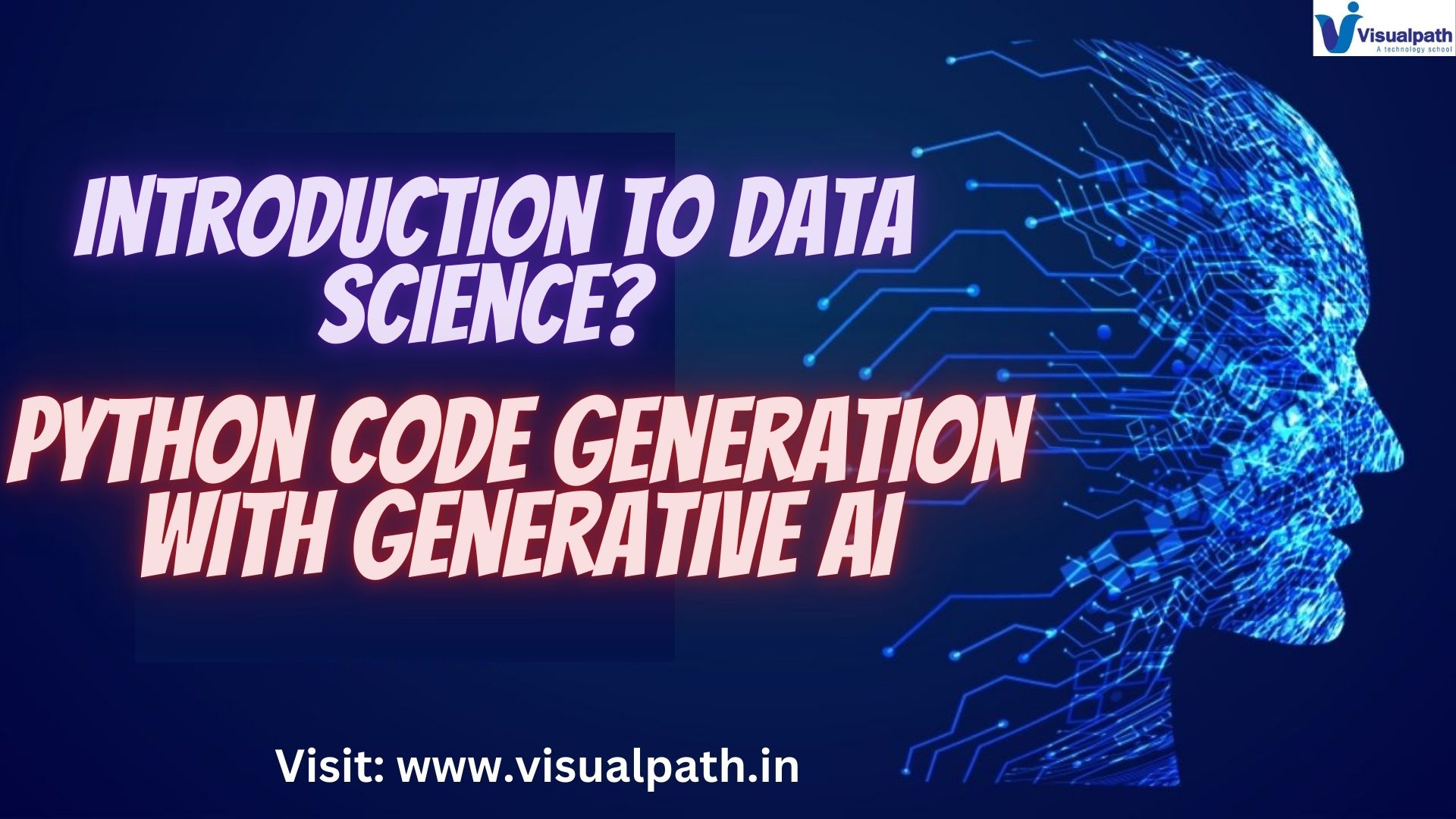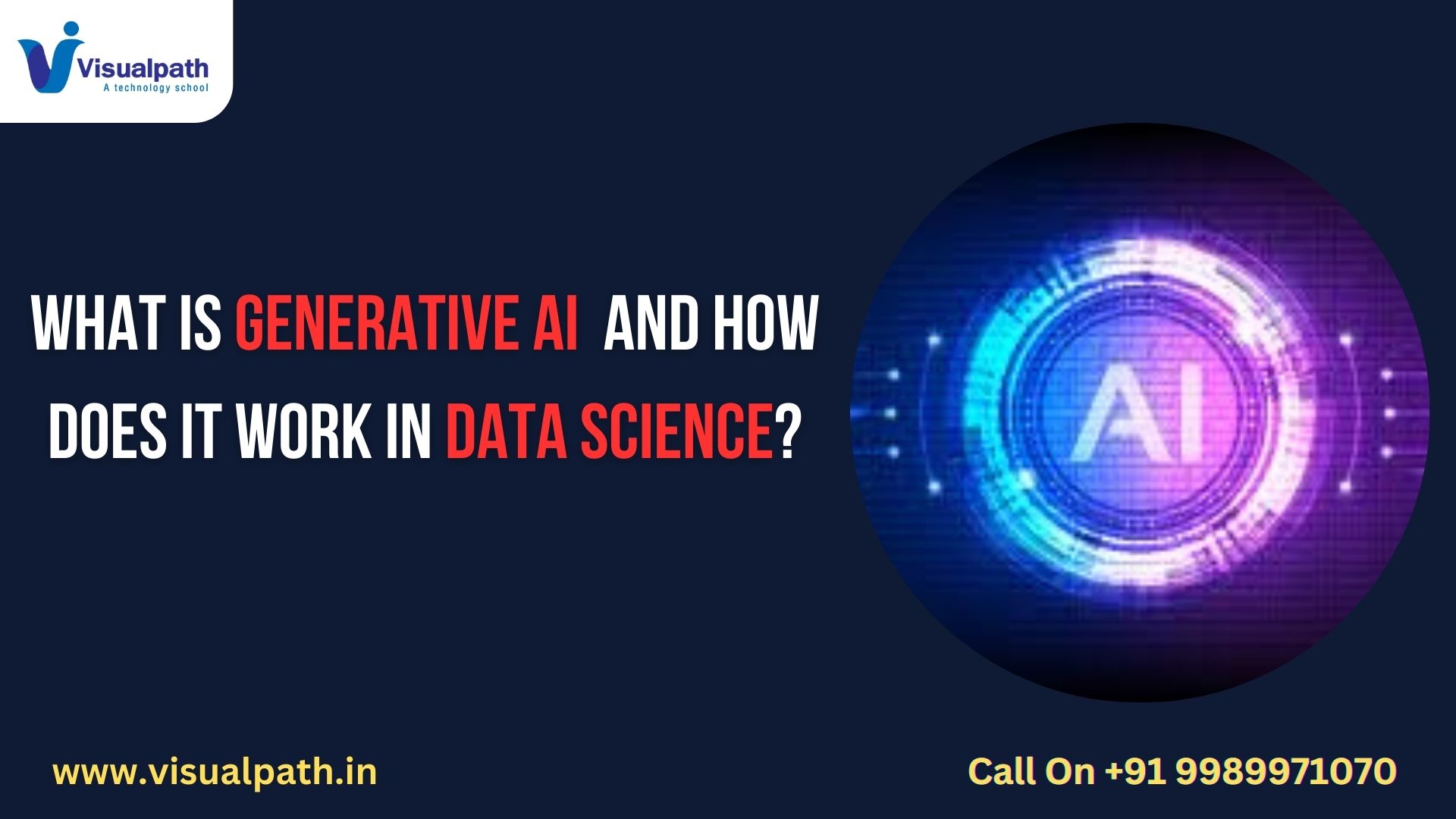Introduction
Data Science Training in Hyderabad is an interdisciplinary field that combines statistical analysis, data mining, machine learning, and computational algorithms to extract meaningful insights from data. It is increasingly essential in various sectors such as healthcare, finance, marketing, and more. One of the most powerful tools for data science is Python, due to its versatility and the extensive range of libraries it offers. Recently, the advent of Generative AI has added a new dimension to Python code generation, streamlining the coding process and enhancing productivity. Data Science Training in Ameerpet
What is Data Science?
Data Science involves several key processes:
- Data Collection: Gathering raw data from various sources.
- Data Cleaning: Preparing and cleaning the data to ensure it is usable.
- Exploratory Data Analysis (EDA): Understanding the data by summarizing its main characteristics.
- Model Building: Creating models to predict outcomes or classify data.
- Validation and Testing: Ensuring the models work accurately on unseen data.
- Deployment and Monitoring: Implementing the model in real-world scenarios and continuously monitoring its performance.
Why Python for Data Science?
- Simplicity and Readability: Python’s syntax is easy to learn and understand, making it accessible for beginners.
- Extensive Libraries: Libraries such as Pandas, NumPy, SciPy, and Scikit-learn provide powerful tools for data manipulation, analysis, and machine learning.
- Community Support: A large and active community ensures continuous improvements and support.
Introduction to Generative AI
Generative AI refers to algorithms that can generate new content, such as text, images, or even code, based on the data they have been trained on. It includes technologies like Generative Adversarial Networks (GANs) and transformers.
Python Code Generation with Generative AI
Generative AI has revolutionized the way we approach coding. Here’s how it benefits Python code generation:
- Automated Code Writing: Generative AI can write Python code based on user inputs, reducing the time spent on repetitive coding tasks.
- Error Reduction: By generating syntactically correct code, AI helps minimize human errors.
- Learning Aid: It serves as a tool for beginners to learn Python by providing examples and explanations. Data Science Training Institutes in Hyderabad
- Enhanced Productivity: Developers can focus on higher-level design and problem-solving tasks, as AI handles the boilerplate code.
- Code Suggestions: AI-powered tools like GitHub Copilot offer intelligent code suggestions, speeding up the development process.
Conclusion
The integration of Generative AI with Python for data science opens up new possibilities for efficiency and innovation. By automating routine tasks and providing intelligent code suggestions, Generative AI allows data scientists to focus more on analysis and strategy. As both fields continue to evolve, their synergy promises to drive significant advancements in how we understand and utilize data.
Visualpath is the Leading and Best Institute for learning in Hyderabad. We provide Data Science Course Training in Hyderabad you will get the best course at an affordable cost.
Attend Free Demo
Call on – +91-9989971070
WhatsApp: https://www.whatsapp.com/catalog/919989971070/
Visit: https://visualpath.in/data-science-with-generative-ai-online-training.html




